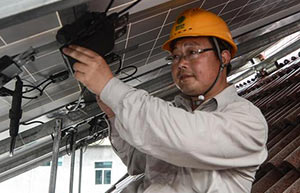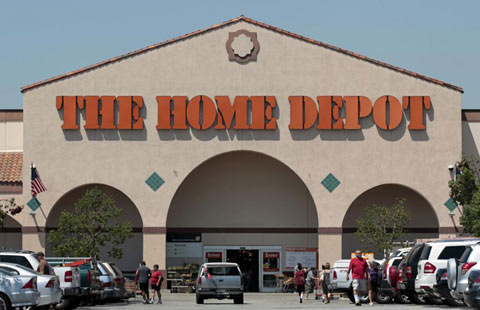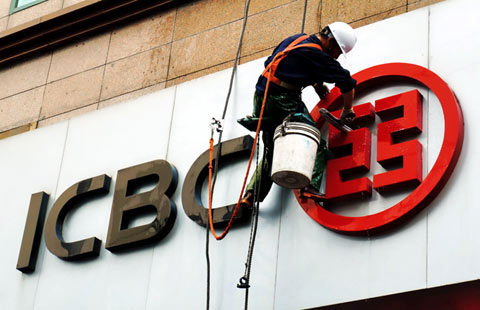Cities building rail links to Europe
By Zhong Nan (China Daily) Updated: 2014-05-15 07:00
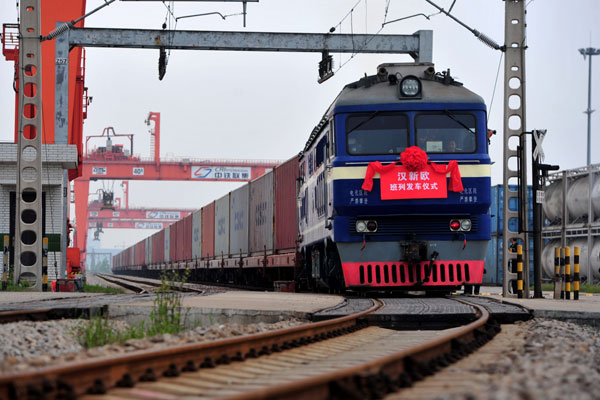 |
|
Loaded with electronic products, a Wuhan-Xinjiang-Europe freight train sets off from Wuhan, capital of Central China's Hubei province April 23, 2014.[Photo/Xinhua] |
As China builds a new Silk Road economic belt, more than a half-dozen cities are competing for goods and investment from multinationals to boost rail operations to Europe.
With shorter transport times and lower freight costs, international rail lines linking western and central China to Europe have helped improve regional connectivity and trade.
Since 2010, major Chinese cities, including Chengdu, Chongqing, Xi'an, Zhengzhou and Wuhan have all launched weekly or monthly modern block train services to different European destinations. It's part of China's efforts to turn its inland resource and labor-rich cities into international trade hubs.
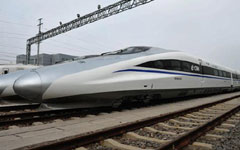 |
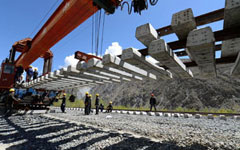 |
Chinese cargos to Europe mostly consist of industrial yarn, automobile parts, new materials, IT goods, electronic and garment products, as well as daily necessities.
Based on its rich manufacturing and labor foundation, China has long had a trade surplus when doing business with the majority of partners in Europe. Chinese trains usually return empty.
"Because of the one-way China-Europe rail operation, the cost is significantly higher than sea transportation," Chen said. "We are working with various European wine, industrial parts and pharmaceutical makers to remove their goods from aircraft, which carry high cargo costs, and then load them into our block trains to ship to the Chinese market.
"With more European products and parts shipped to Chengdu through regular railway services, foreign companies seeking investment opportunities in China will be more inclined to establish their regional headquarters, branches and manufacturing facilities in the capital of Sichuan," Chen said.
- Gefco's new train route ties Chinese ports to Central, Eastern Europe
- China mulls high-speed train to US: report
- CNR's cold-resistant locomotives delivered to Uzbekistan
- High-speed trains out of reach
- Cargo train linking central Asia, East China begins operation
- China to produce hybrid high-speed trains
- China's budget airline buys 50 Boeing aircraft
- Chinese govt unveils trade support
- China's luxury market set for good times
- China's power consumption rises 5.2% in Jan-April
- Volvo targeting young drivers
- Long-term gas supply deal is close with Russia
- Nation ready to boost imports, official says
- Cross-border use of yuan gains popularity
